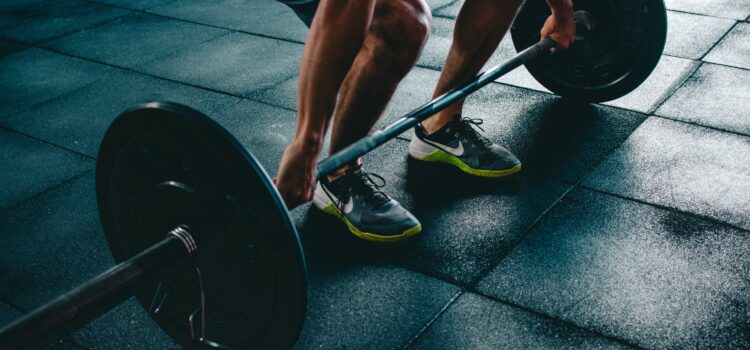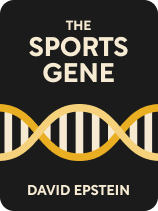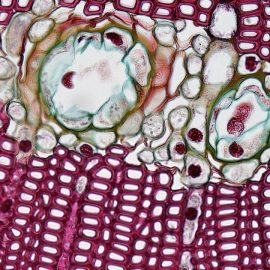

This article is an excerpt from the Shortform book guide to "The Sports Gene" by David Epstein. Shortform has the world's best summaries and analyses of books you should be reading.
Like this article? Sign up for a free trial here .
What is the difference between fast-twitch and slow-twitch muscle fibers? Is it possible to change your ratio of fast-twitch to slow-twitch muscle fibers through training?
Fast-twitch muscle fibers support explosive muscle activity (e.g., lifting heavy objects or sprinting short distances), while slow-twitch muscle fibers support activities requiring endurance (e.g., long-distance running). To some degree, we can train our fast-twitch muscles to have more endurance and our slow-twitch muscles to become stronger, but we cannot actually change the ratio of slow-twitch to fast-twitch fibers that we are born with.
Here’s how fast-twitch and slow-twitch muscle fibers impact sports.
Muscle Fiber Type
Most of us have a roughly equal percentage of fast-twitch and slow-twitch muscle fibers. Fast-twitch muscle fibers are more explosive than slow-twitch and allow us to sprint for short distances and lift heavy objects just a couple of times. Slow-twitch muscle fibers are not as explosively powerful as fast-twitch, but they can fire for much longer; think distance running.
Athletes who compete in explosive sports tend to have a higher percentage of fast-twitch muscle fibers than the general population. And athletes who compete in endurance events tend to have proportionally more slow-twitch muscle fibers. Epstein includes data showing that some sprinters have 75% fast-twitch fibers in their calves, while marathon runners can have up to 80% slow-twitch muscle fibers in their legs.
Epstein notes that since we can test samples of muscle fibers to learn athletes’ ratios, some athletes have been able to change their training programs and events to suit their physiology better. For example:
- A kayaker on the Danish national team who was struggling in sprint events used the results of his muscle testing (which showed that his upper body had 90% slow-twitch muscle) to switch to endurance races. This switch allowed him to become one of the most competitive kayakers in the world.
- Tests on soccer players have shown that those players with a high percentage of fast-twitch fibers are more prone to injury on the field. This knowledge could allow coaches to tailor training programs to suit each athletes’ strengths.
Muscle Fibers and Creatine Supplements
Many athletes take creatine supplements to boost the performance of their type 2 (fast-twitch) muscles. Creatine is found naturally in our bodies. It is synthesized in the liver and kidneys and we also ingest it in our food. Almost all of the creatine in our bodies is stored in our muscles. Creatine helps our body produce ATP. ATP is a molecule that stores the energy that we use during short periods of powerful movement. ATP stores in our muscles are depleted within roughly 10 seconds of explosive exercise. Creatine supplements give athletes just a few more seconds of extra power by increasing ATP stores. In explosive sports, a few seconds can make a huge difference. Since the power-boost is so short-lived, creatine supplements are mainly used by athletes who participate in sports that rely on type 2 muscle fibers.
Creatine is generally considered to be a safe supplement and is allowed by the NCAA and Olympic Committee. However, research has shown that responses to creatine vary by athlete. While some athletes may see significant gains following creatine supplementation, some may see only minor gains, and some may see no gains at all. This is an example of how our underlying genetic differences affect our response to training.

———End of Preview———
Like what you just read? Read the rest of the world's best book summary and analysis of David Epstein's "The Sports Gene" at Shortform .
Here's what you'll find in our full The Sports Gene summary :
- A look at how our genes play a determining role in our success in sports
- Why practice doesn't always guarantee success
- The fortuitous gene pairings that can lead to elite athleticism






